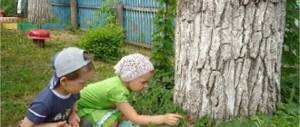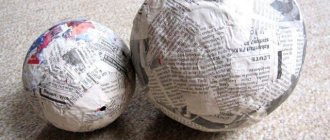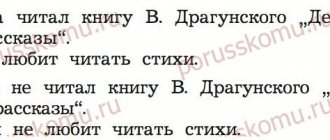Project goal setting [edit]
Coordinator Purpose: [edit]
Formation of children's ideas about natural phenomena: rain, thunderstorm, thunder, rainbow.
Coordinator's tasks: [edit]
Formation of children's ideas about natural phenomena: rain, thunderstorm, thunder, rainbow.
Coordinator hypothesis:[edit]
If students take part in the project, they will have a more complete understanding of natural phenomena.
The purpose of the students: [edit]
Study of natural phenomena: rain, thunderstorm, thunder, rainbow
Pupils' tasks: [edit]
1. Find information about natural phenomena
2. Be able to explain why thunder, thunderstorm, rain, and rainbows appear in the ground
3. Assess the importance and danger of certain natural phenomena
Pupils' hypothesis:[edit]
If we take part in the project, we will gain new knowledge about natural phenomena
Content
- 1 Age of project participants
- 2 Brief summary of the project
- 3 Goal setting of the project 3.1 Goal of the coordinator:
- 3.2 Coordinator tasks:
- 3.3 Coordinator hypothesis:
- 3.4 Pupils' goal:
- 3.5 Pupils' tasks:
- 3.6 Pupils' hypothesis:
- 4.1 Fundamental Question
- 13.1 Technologies - equipment
Materials and resources needed for the project [edit]
Technologies - equipment[edit]
Camera, computer, printer, projection system.
Technologies - software[edit]
Image processing programs, desktop publishing, web browser, text editors, multimedia systems.
Printed materials[edit]
Textbooks, teaching aids.
Other accessories[edit]
To create drawings: A4 sheets, pencils, felt-tip pens. To create an applique: cotton wool, threads, colored paper, cardboard, stapler, plasticine, scissors, glue.
Project plan[edit]
| Before the project starts | During the project implementation | After project implementation |
| 1) Search and processing of material; 2)Creating a booklet; 3)Creating a starting page | 1)Display of the booklet and launch presentation; 2) Involving parents in the project; 3) Involving parents in the project; | 1) Summarize the results of all the work with the children; 2) Reflection; 3) Conclusions. |




